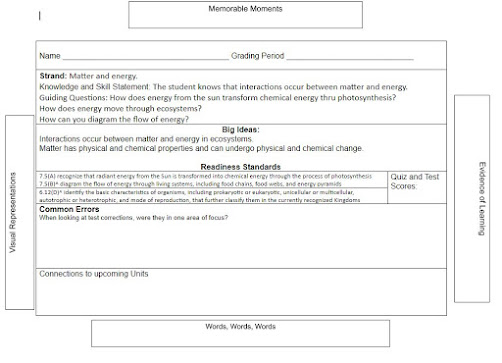Fast Llama's
I am sharing this free resource from Doug Curry today. His writing is so good, I can just hear his voice. Doug Curry has tons of free resources that I am beginning to share with you, coupled with the OTFD session we had with Jenny, there is a lot of good things happening for our students at Labay!
Here is one of the free resources Doug wrote about the greatest gift teachers have; a Christmas Break RESET!
Enjoy!
Have you been such a slow llama this
year that it has been months since you have even seen the pack?
Are you so slow that the pack conspires
to avoid you?
Are you now doubting that the pack in
fact even exists?
Has this year caused you to seriously
question your career choice?
Do you have one wall of your
classroom dedicated to marking off the days as if you are awaiting parole?
You are not alone! This is particularly true if you are new to
this profession or new to your unique circumstance.
There are very few jobs in the world
that allow for an opportunity to completely start over and thus correct all of
the mistakes that one has made. The
world of sports comes to mind. As long
as a football player has not yet been run out of the league, each new year
offers a chance for redemption. You see
this all the time in sports. A player
who last year basically stunk now turns into this year’s hottest superstar.
Fortunately for us, teaching is one
of these professions that offers the opportunity for, shall we say,
“rebirth.” Every year, unless you loop
with the same kids (and thus bring along all of your mistakes in the same way
that we carry viruses with us from room to room), you have a completely new
opportunity to start over and correct all of your mistakes from the previous
year.
Why are we talking about starting
over when only half of the year is completing? Fair
question.
However, never underestimate the
power of the holiday break!
Granted, it is not summertime. We don’t have the opportunity for complete
redemption.
If done right, your two weeks off
along with the return of your students in January offers you the opportunity to
hit a very important button:
That’s right! You can definitely hit the reset button.
When the kids come back in January,
they can be met with the “new you!”
How
do you make this happen? Here are the
steps:
1. Be quick to forgive yourself for
whatever mess you may have created during this first semester.
In
any type of leadership position, which of course includes teaching, leaders
inevitably make mistakes. Great leaders take responsibility for their
mistakes, but they don’t dwell on them.
They learn from their mistakes, adjust, and move on. Picture a great quarterback who throws an
interception early in a game. Did he
mean to throw it? Of course not. If he dwells on the mistake, he may become
reluctant to do all of the things that come with being the leader of the team,
which in this case means: Throw the
ball! It takes real courage to continue
to lead after you have made a mistake.
Guess what? No matter how good
you become at this job, you will still make mistakes.
2. While forgiving yourself for the
mistakes you made the first semester, own
them. They are yours. You did it.
Your classroom will be whatever you want it or allow it to be. If it has been terrible, you did it.
When we fail, we will do everything
we can to justify our failure. It’s
human nature, but it’s a losing strategy.
You can try and
convince yourself and others that everyone else in your school is failing at
classroom management, but I’m sorry. It’s not true. Folks
like me who get to visit all different classrooms can tell you. There are teachers on your campus who are
succeeding. They are succeeding with the
same students who seem to enjoy seeing you suffer.
It’s you.
Have courage and accept it. It’s the first step in overcoming any
problem.
3. Make a list of all that has gone wrong related to your classroom management during this first semester. Here is a resource that will help: https://drive.google.com/open?id=1rgdxyqY6O-Xx_ShcUPW6Q0CJHNNhT89_
4.
Now make a list of what you are going
to do to make it better.
Does
it involve your:
• Classroom Systems? https://drive.google.com/open? id=14MWj0f3dE08GUdXKOVc32a-7E9FHQlnN
•
Teacher
Presence? https://drive.google.com/open?
id=1bFv52GUPY0nICrHpB_NV20LRntOECJK1
•
Your
Beliefs? https://www.youtube.com/watch?v=BnEpFoh9gnI
• Your Relationships with your Students?
5.
Prioritize. You won’t be able
to do everything.
Pick the most important things.
• Your room
arrangement • How you have your materials stored.
• How students
enter.
• How you dismiss.
• How you gain and
keep their attention.
• How they respond
in class.
Your classroom will be whatever you
want it to be.
If it is great, it is because of you.
If it is terrible, you allowed it.
Kids will rise to whatever level you
expect.
They will also sink as low as you let
them go.
The new year is a gift! Take advantage of this opportunity!
Thank you for what you do! - Doug
Have a wonderful break! We have just 5 days to make a difference to the life of a kid. Make them miss us! Make them look forward to coming back in January! Make them and each other believe there is no better place to be than to be together at school!
-Tracy
















